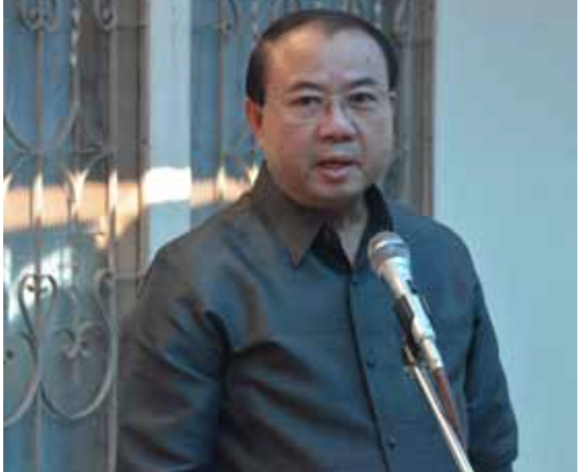The Ministry of Health recently opened a new unit to treat people living with HIV/AIDS at Mittaphab Hospital in Vientiane.
The unit comprises patients’ rooms, a laboratory, a counselling room, a pharmacy and other facilities.
The unit’s primary focus is to provide patients with advice on sexually transmitted infections, HIV/AIDS, reproductive health, and other related issues.
Director of the Centre for HIV/AIDS/STI, Dr Bounpheng Philavong, said at the opening ceremony the unit plans to distribute information on the risks of HIV to the public.
The unit also plans to run awareness campaigns, which especially target young people, with an added focus on adolescents and sex workers. They will be invited to participate in various activities to help them better understand HIV and AIDS.
Some 11,000 people are estimated to carry the HIV infection in Laos. Fully 7,000 of them have not received treatment and 100 have recently died. Over 4,000 people living with HIV, including 227 children, have received treatment with antiretroviral drugs.
We believe the alarming increase in the rate of HIV infection is due to the fact more people are becoming aware of the dangers of the disease and are turning up at clinics and hospitals for testing, Dr Bounpheng said.
According to the Centre for HIV/AIDS/STI in Vientiane, there are 10 units that treat HIV/AIDS free of charge, including two units in Vientiane at Setthathirath and Mitthaphab Hospitals, in addition to clinics in the provinces of Khammuan, Savannakhet, Champassak, Luang Prabang, Luang Namtha, Bokeo and Huaphan.
According to UNAIDS, at the end of 2010, an estimated 34 million people were living with HIV globally, including 3.4 million children under the age of 15.
There were 2.7 million new HIV infections across the globe in 2010, including 390,000 among children over 15 years of age.
Globally, the annual num ber of newly infected peop le with HIV continues to decline, although there is stark regional variation. In Sub-Saharan Africa, where most of the newly infected people live, an estimated 1.9 million people became infected in 2010.
Source: Vientiane Times



